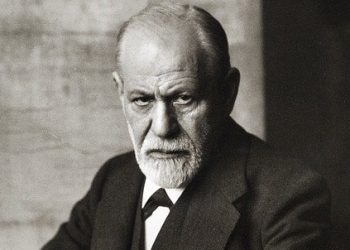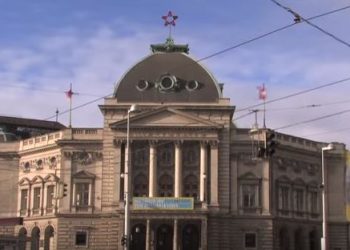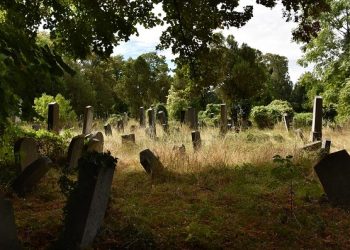The Story of Schönbrunn Theater
The Royal Theater at Schönbrunn (Schlosstheater Schönbrunn), also known as the Schönbrunn Music Theater, was built in the mid-18th century. It was Empress Maria Theresa who demanded that a magnificent and well-equipped theater be built for performances at the palace. Until that, theater performances were held outside in the park of Schönbrunn Palace.
The Baroque-style building was designed by the Habsburg court architect Nikolaus Pacassi and opened its doors in 1747 after two years of construction. At the time of its opening, the theater was one of the first of its kind in Europe. The theater hall included about 340 seats (today there are about 392 seats).
Maria Theresa was an enthusiastic fan of theater performances and concerts, and she often came to watch the plays. In addition, the children of the House of Habsburg took part in the performances themselves as singers, dancers, or actors. It can be said that this theater was the “home theater” of the Habsburg family.
About 20 years after the theater’s opening, it was expanded and renovated by the famous Habsburg architect Johann Ferdinand Hetzendorf von Hohenberg.
For about 50 years, the theater operated without interruption, hosting fine concerts by famous artists like Mozart and Haydn, as well as opera performances by Christoph Willibald Gluck.
The Theater in the Napoleonic era and in World War I
In 1809, the theater’s activities were temporarily suspended after Napoleon Bonaparte took it over and turned it into his command headquarters.
After Napoleon’s departure, the theater returned to being used for performances for the nobles and the Habsburgs. In the years 1814 and 1815, when the Congress of Vienna was held in Vienna, bringing together leaders and envoys from various countries, the theater hosted performances by the Kärntnertortheater (another respected theater that was in Vienna).
In the years before World War I, the theater’s prestige declined, and its activities ceased completely. For a period, it was used only for storing furniture.
The Theater after World War I
After the war, during the summer months, the theater was used by the National Theater (Burgtheater), but its activities were stopped again in 1924 due to financial difficulties.
In the 1930s, the theater was given to the University of Music and Performing Arts Vienna for university performances and student rehearsals. The theater is still used by the university today and is considered part of it.
If you feel like seeing a theater performance or listening to a great concert for free, you can come to the Schönbrunn Theater and watch student performances. The performances are excellent and of a very high standard, so it’s a great opportunity to experience some Viennese culture without spending money.
Essential Information for Visiting the Schönbrunn Palace Theater
As part of the university’s activities, a variety of performances are held in the theater. You can see the list of performances here.
Address: Schloss Schönbrunn, Schönbrunner Schloßstraße 47, 1130 Wien
How to get to the theater?
The theater is located on the grounds of Schönbrunn Palace and can be reached easily. The simplest way is to travel there by subway. The green line, U4, goes to the Schönbrunn station. There, you should get off and walk from the train station for about 5-7 minutes.
Alternatively, you can get to the palace using tram lines 10 and 60 or by bus line 10A. You should get off at the Schönbrunn station.
Map:
Interested in reading more about the famous Schönbrunn Palace and its attractions? Read all the latest information in our comprehensive article about the palace.


















